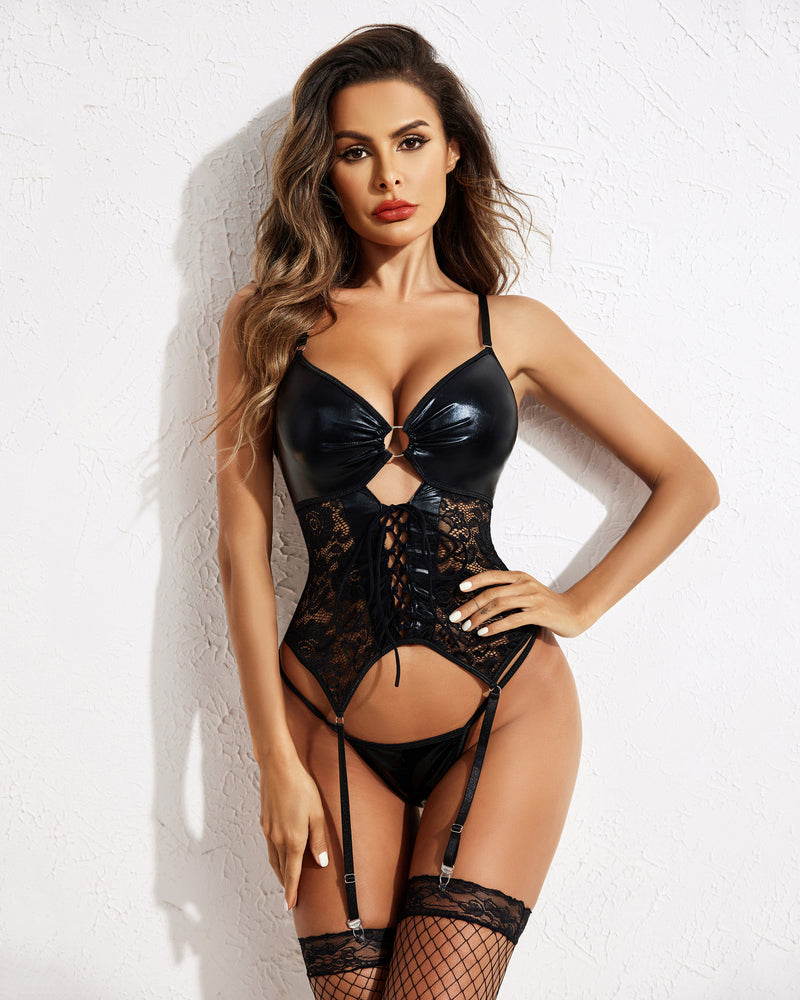The Evolution of Lingerie: How Styles and Materials Have Changed Over the Decades
Cuerpo
Lingerie has long been a fascinating aspect of fashion, reflecting societal changes, technological advancements, and evolving perceptions of femininity. Over the decades, the styles and materials used in lingerie have undergone significant transformations. This article delves into the rich history of lingerie, exploring its evolution and the factors that have influenced its development.

Lingerie in the Early 20th Century
In the early 1900s, lingerie was primarily functional, designed to shape the body according to the fashion trends of the time. Corsets were a staple, often made from heavy materials like whalebone and steel. These garments aimed to create an hourglass figure, which was considered the epitome of beauty. However, as women began to advocate for their rights, the demand for more comfortable and liberating lingerie grew.
- Introduction of the brassiere in the 1910s
- Shift from corsets to more comfortable undergarments
- Influence of World War I on fabric availability and design
The Roaring Twenties and Beyond
The 1920s marked a significant turning point in the world of lingerie. The flapper movement encouraged women to embrace a more liberated lifestyle, leading to the introduction of softer, more relaxed styles. Lingerie began to reflect this newfound freedom, with the use of lighter fabrics such as silk and lace becoming increasingly popular.
During this period, the concept of lingerie as a fashion statement emerged. Women started to view lingerie not just as an undergarment but as an expression of their identity. This shift paved the way for the diverse range of styles we see today.
Modern Lingerie: Comfort Meets Style
Fast forward to the late 20th and early 21st centuries, and lingerie has evolved into a multi-billion dollar industry. Today’s lingerie is characterized by a blend of comfort, style, and functionality. With advancements in fabric technology, materials such as microfiber and modal have become commonplace, offering a soft touch and breathability.
Moreover, the rise of body positivity movements has influenced lingerie brands to embrace inclusivity. Many companies now offer a wider range of sizes and styles, ensuring that every woman can find lingerie that makes her feel confident and beautiful.
Key Trends in Modern Lingerie
- Increased focus on sustainability and eco-friendly materials
- Rise of athleisure-inspired lingerie
- Emphasis on personalization and customization
Conclusion: The Future of Lingerie
As we look to the future, it is clear that lingerie will continue to evolve. With ongoing innovations in fabric technology and a growing emphasis on inclusivity, the possibilities are endless. Whether you prefer classic styles or modern designs, the world of lingerie offers something for everyone.
To explore a wide variety of lingerie options, visit . Discover how lingerie can enhance your wardrobe and express your unique style.










Comentarios